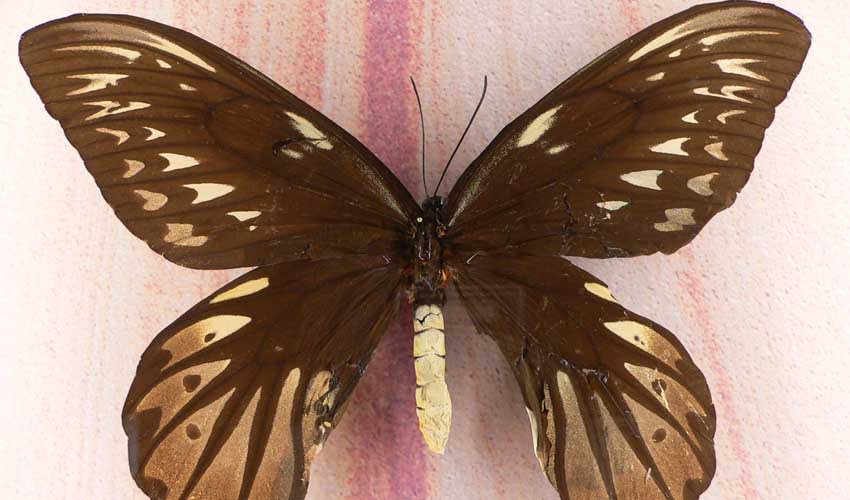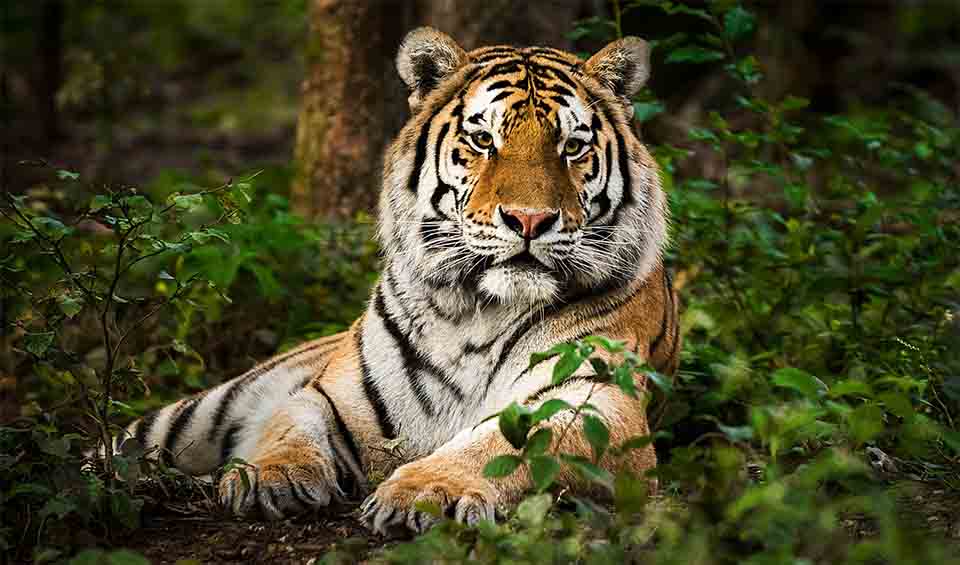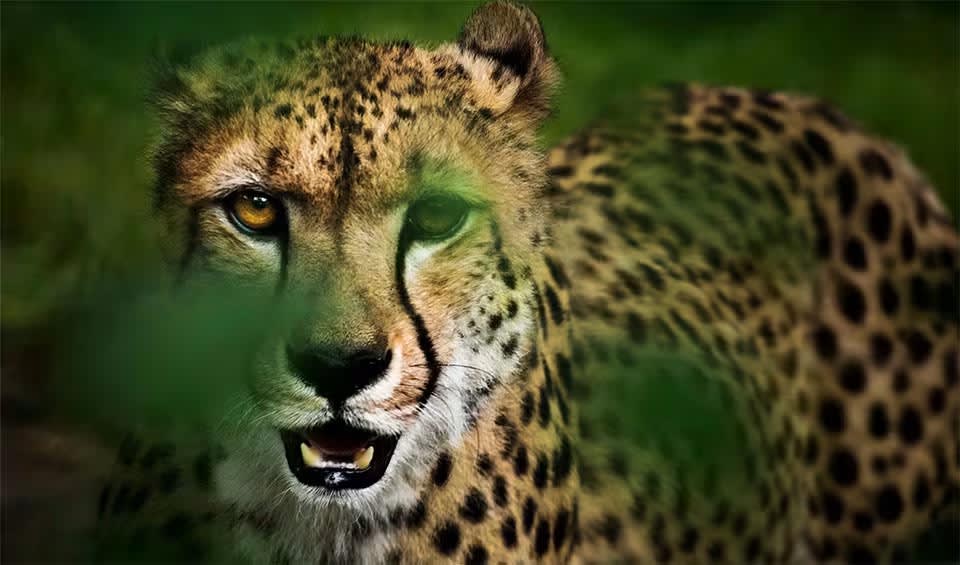Native only to the remote rainforests of Papua New Guinea, this butterfly is so rare and special that spotting one in the wild is like seeing a living legend. The females are the giants of the butterfly world—some reaching over 28 cm (11 in) in wingspan, roughly the size of a dinner plate! Their wings are broad and brown with white patterns, while the males, although smaller, are absolutely stunning with metallic green, turquoise, and black coloring that glistens in the sunlight. With its dramatic size and colors, this butterfly doesn’t just flutter—it soars like a bird, which is why it belongs to the “birdwing” group.
What really sets Queen Alexandra’s birdwing apart from other butterflies, including its birdwing cousins, is its extreme rarity and incredibly specific lifestyle. It lives in a very small area of rainforest—less than 104 km² (40 mi²)—so its habitat is extremely limited. Even the caterpillars have highly selective diets—they feed exclusively on vines of the Aristolochia genus. Recent research has shown that in the Managalas area, their primary host plant is Aristolochia dielsiana, while in the Popondetta plains, they rely on Aristolochia alexandriana and Aristolochia meridionalis. These vines contain aristolochic acids, powerful natural toxins that make the caterpillars unpalatable to predators, giving both the larvae and the adult butterflies a chemical defense against being eaten.
One of the coolest facts about this butterfly is how it came to be named. It was discovered in 1906 by naturalist Albert Meek, who collected a specimen in the wild for the British collector Walter Rothschild. The butterfly was named in honor of Queen Alexandra, the wife of King Edward VII of the United Kingdom. Back then, it caused quite a stir—people couldn’t believe a butterfly could be that huge and dazzling. Today, it remains a symbol of the wild and wondrous biodiversity of Papua New Guinea.
Distribution
 Papua New Guinea
Papua New GuineaRecent Updates
- This species profile was created in collaboration with the New Guinea Binatang Research Center, with the main article prepared by Bradley Gewa and Dr. Pagi Toko, and additional contributions from Dr. Darren Bito of Pacific Adventist University.
- The Queen Alexandra’s Birdwing Captive Breeding Project at Higaturu is a key conservation initiative. With support from partners like New Britain Palm Oil Ltd and the Swallowtail and Birdwing Butterfly Trust, the project operates a dedicated breeding lab, flight cages, and host vine nurseries to raise caterpillars and butterflies for reintroduction into protected habitats.
Anything we've missed?
Help us improve this page by suggesting edits. Glory never dies!
Suggest an editGet to know me
Terrestrial / Aquatic
Altricial / Precocial
Polygamous / Monogamous
Dimorphic (size) / Monomorphic
Active: Diurnal / Nocturnal
Social behavior: Solitary / Pack / Herd
Diet: Carnivore / Nectarivore/ Omnivore / Piscivorous / Insectivore
Migratory: Yes / No
Domesticated: Yes / No
Dangerous: Yes / No




